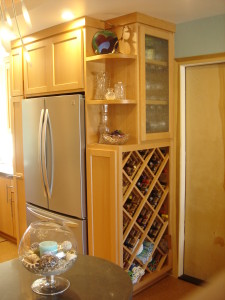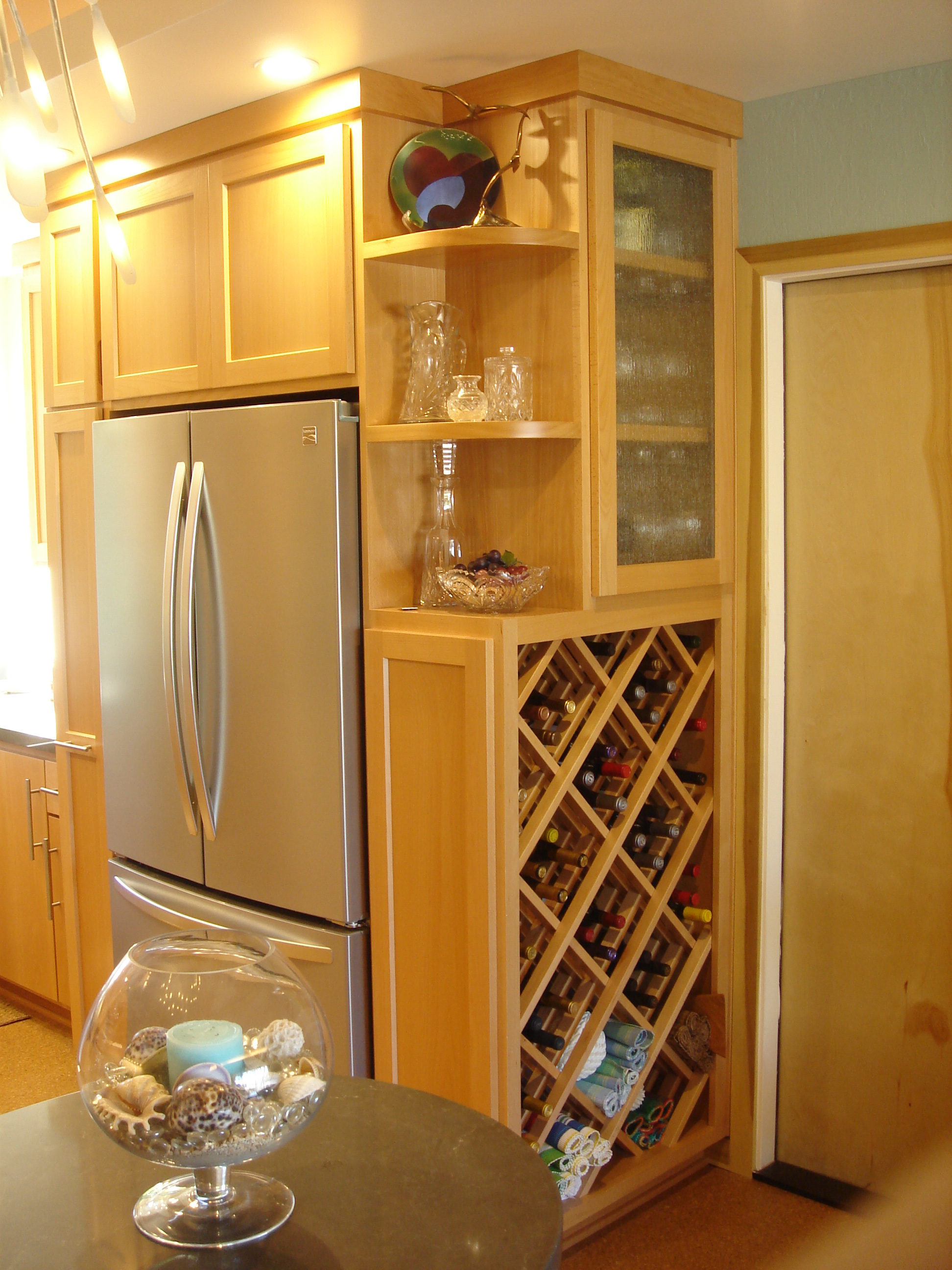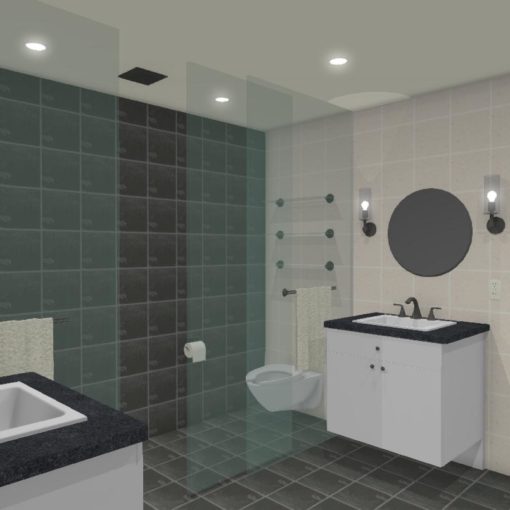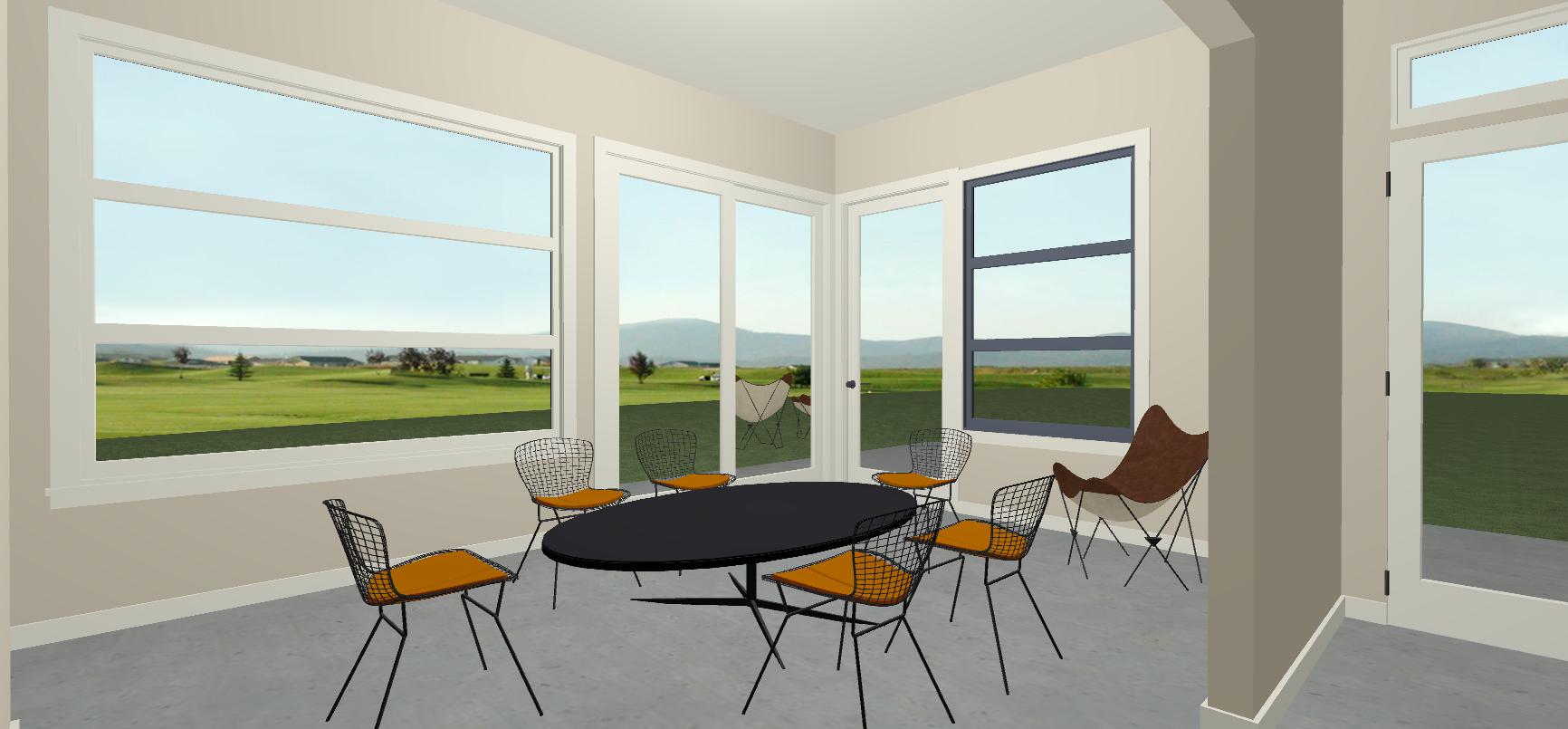
Recently the website Inthralld.com posted this feature about displaying your wine collection. I have already written about it at my wine website. The Inthralled.com post features pictures of 10 pretty impressive architectural installations for displaying wine collections.
Personally, I don’t agree with wine “collecting” per se. I believe that wine is for drinking. There is nothing wrong with keeping some bottles around in your kitchen, dining room or where ever. Those wines that you drink every day should be kept handy.
But if you are serious about your wine, and you have bottles that you want to keep for special occasions, or if you buy wines by the case and drink through the case over the course of a month or a year, those wines should be stored correctly, so that they will last longer. An old wine may or may not be a good wine. If it has been stored incorrectly, even a wine that was great when you bought it will be less than good when you open it.
The keys to storing wine are to keep it in a cool, dark, humidity controlled environment.
An ideal storage temperature is between 50 and 60 degrees – warmer than your fridge, but cooler than your closet. Basements are often ideal. The reality is that we don’t all have basements, nor do we all have the space or money to invest in a wine fridge. In that case, keeping your wine in an interior closet (not on an outside wall) down low, on or near the floor is best. Keep your bottles off the top of your fridge! it gets hot up there.
Sunlight will accelerate the ageing process of the wine. The reasons are two fold: one, the light will warm up the wine and we don’t want it warm (see above). And, two, the light itself will accelerate the oxidation process. This is one of the reasons wine bottles are traditionally dark green, to help shield the wine from the sunlight. So don’t store your wine for long periods – say more than 3 months – in direct sunlight or a bright room.
Humidity control is primarily because you want to keep the corks from drying out and from getting moldy. Here in the Bay Area, the ambient humidity, though it varies, will be sufficient and no special controls are necessary.
Always store your wine bottles on their sides or upside down, never cork end up. This helps ensure that the cork remains moist and swollen to keep the air out of the bottle. Of course none of this applies if all your bottles have screw tops.
If you have the budget, buying a wine fridge is a good solution, though, make sure that the capacity of the fridge matches the amount of bottles you store on a regular basis. If you tend to store more than your fridge can hold, I recommend storing the bottles you want to keep the longest in the fridge. The next step up in budget and commitment is to build a “wine cellar”. This can range in complexity from an insulated and conditioned closet, to a separate room with space to entertain.
However you store your wine, remember that the wine itself is just a beverage and should be drunk, shared and enjoyed!





